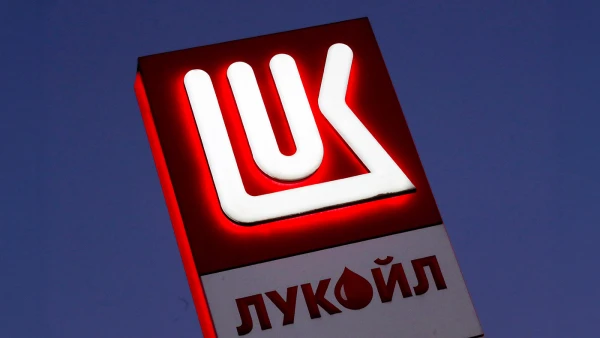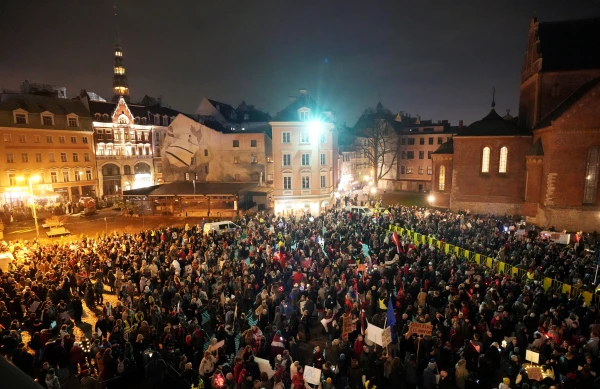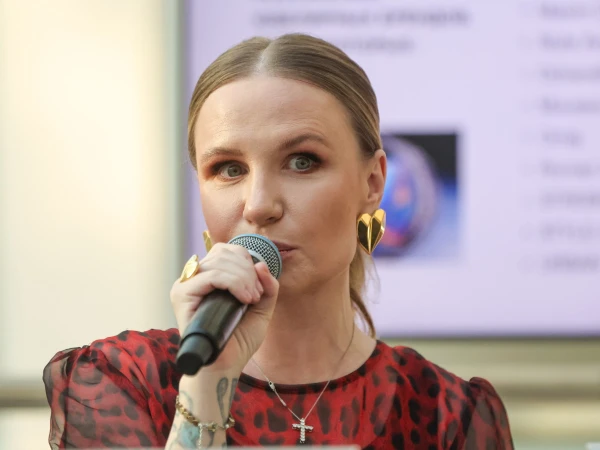
In recent years, many households have experienced a serious cost-of-living crisis.
Despite shared values and culture, significant income inequality persists in Europe. The gap is narrowing when adjusted for purchasing power, but a substantial divide between the rich and the poor remains. In recent years, households in Europe have experienced a serious cost-of-living crisis, exacerbated by Russia's war in Ukraine and post-pandemic supply chain disruptions. Many families have been forced to limit their spending, and households continue to count pennies—even as inflation approaches the ECB's target of 2%.
One useful indicator of household income is the "median equivalent net income." This is the typical income per person, adjusted for family size and after taxes.
As of 2024, the median equivalent income in 34 European countries ranges from €3,075 in Albania to €50,799 in Luxembourg.
In the EU, the lowest median equivalent income is in Bulgaria at €7,811, while the EU average is €21,582. At the top of the ranking, Luxembourg is joined by Switzerland and Norway, followed by Denmark, Austria, Ireland, the Netherlands, and Belgium—all in the range of €30,000–€35,000. Finland, Germany, Sweden, and France also rank above the EU average.
Income levels below €10,000, in addition to Bulgaria, are also found in Hungary and Romania within the EU.
The Divide Between East and West
Data shows a clear geographical divide: Western and Northern European countries have the highest median incomes, while Southern and Eastern regions lag behind. For example, the gap between Luxembourg and Bulgaria exceeds €40,000.
Dr. Stefano Filauro, an associate professor at Sapienza University of Rome, told Euronews Business: "The level of average wealth observed in 2024 reflects long-term structural factors such as historical growth paths, industrialization, and wealth development."
According to Julia De Lazzari, an economist at the International Labour Organization (ILO), differences in productivity and industrial structure help explain this gap.
"Higher labor productivity allows countries to sustain higher wages," she said in an interview with Euronews Business.
"This means that in countries with large high-margin sectors, such as finance, information technology, or advanced manufacturing, wages tend to be higher, while in countries reliant on agriculture or basic services, they are lower," De Lazzari explains.
When adjusted for purchasing power standard (PPS)—an artificial currency unit that equalizes what can be bought for money in different countries—the gap narrows but remains significant.
The median equivalent net income ranges from 5,098 PPS in Albania to 37,781 PPS in Luxembourg. The EU average is 21,245 PPS, with Hungary (11,199 PPS) having the lowest figure among EU members.
The gap between the lowest and highest figures in the EU is about 26,500 PPS, while in nominal terms, it is nearly €43,000.
Countries such as Poland, Romania, and Bulgaria show significantly better results when incomes are measured in PPS rather than nominal terms.
Among the "big four" EU countries, Germany and France remain above average, while Italy and Spain are slightly below.















Leave a comment